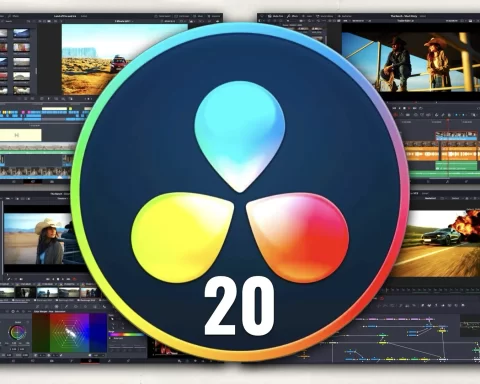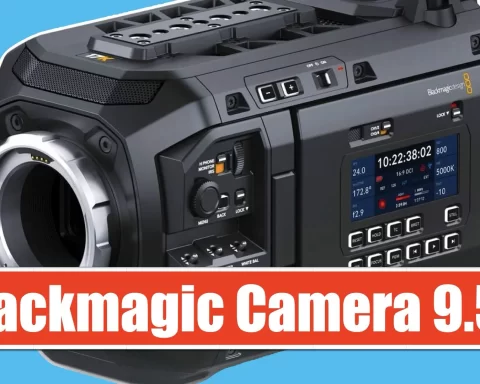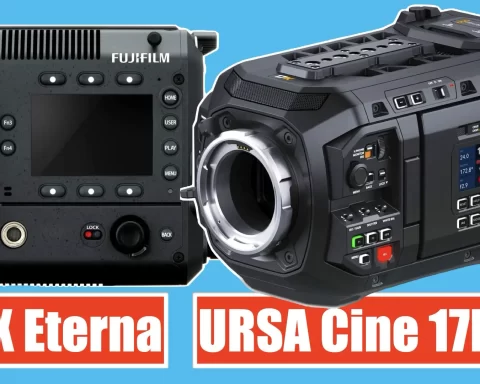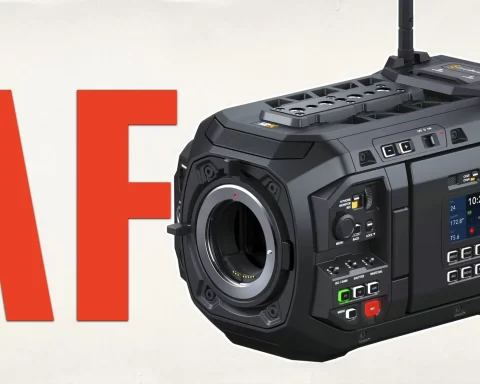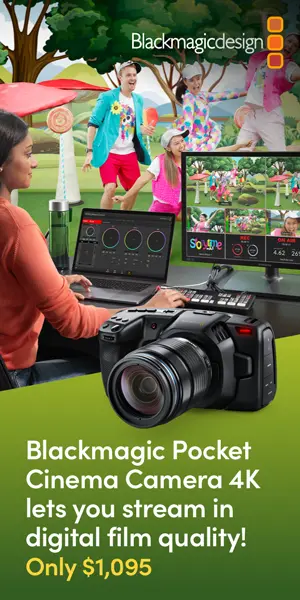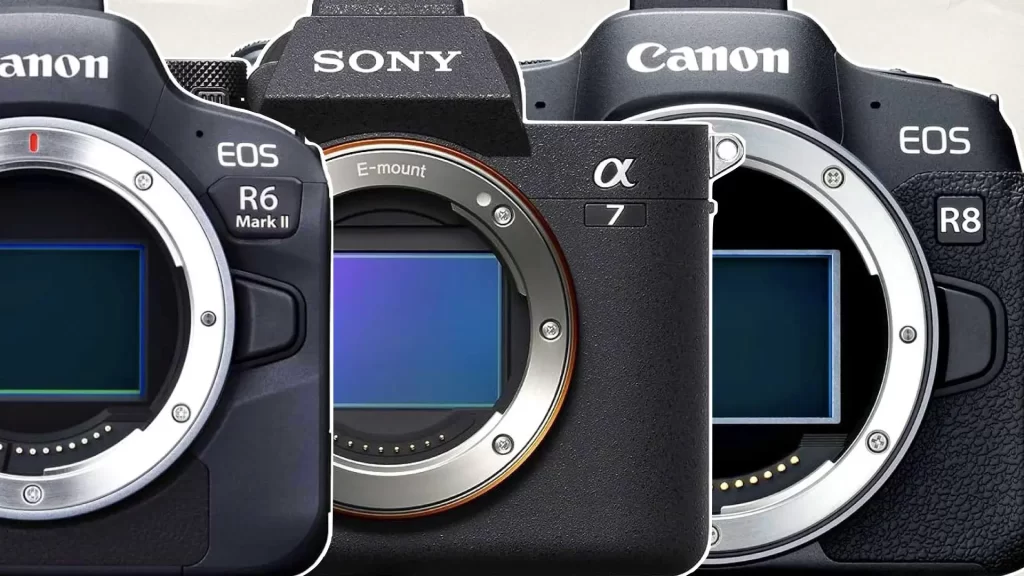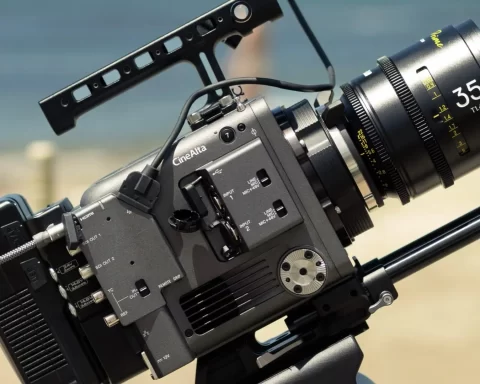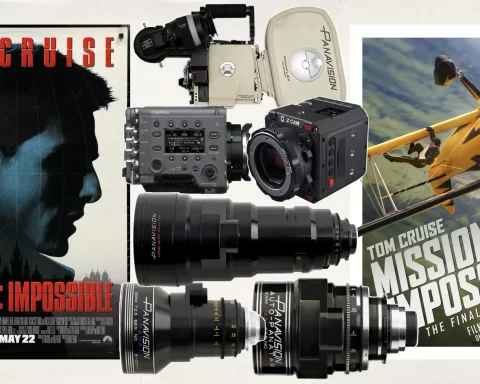Hands-on training with real cinema gear is redefining how the next generation of filmmakers learn the craft. Film education is entering a new era — one where students aren’t just studying the theory of filmmaking, but working directly with the same tools used on professional sets. A major player driving this shift is Blackmagic Design, whose cinema cameras have become a central part of the curriculum in forward-thinking film schools worldwide. A recent example is San Francisco State University’s School of Cinema, which now integrates over 40 Blackmagic cameras — including the URSA Mini Pro 12K, URSA Broadcast G2, and Pocket Cinema Camera 6K — into its undergraduate and graduate programs. But this move is not an outlier. It signals a broader industry shift: camera companies are becoming educational partners.

The Rise of Cinema Cameras in Film Education
The days when students learned filmmaking on DSLRs or camcorders are quickly fading. Today’s film programs are equipping their students with true cinema cameras, enabling them to understand the full creative and technical pipeline — from sensor dynamics to post-production color grading. As discussed in “Sony BURANO Enters Film Schools: Why This Matters for the Future of Filmmaking“, the presence of professional gear in the classroom is more than a luxury — it’s an educational necessity. When students shoot on systems like the BURANO or Blackmagic URSA 12K, they’re gaining direct experience with the workflows used on commercials, documentaries, and feature films.
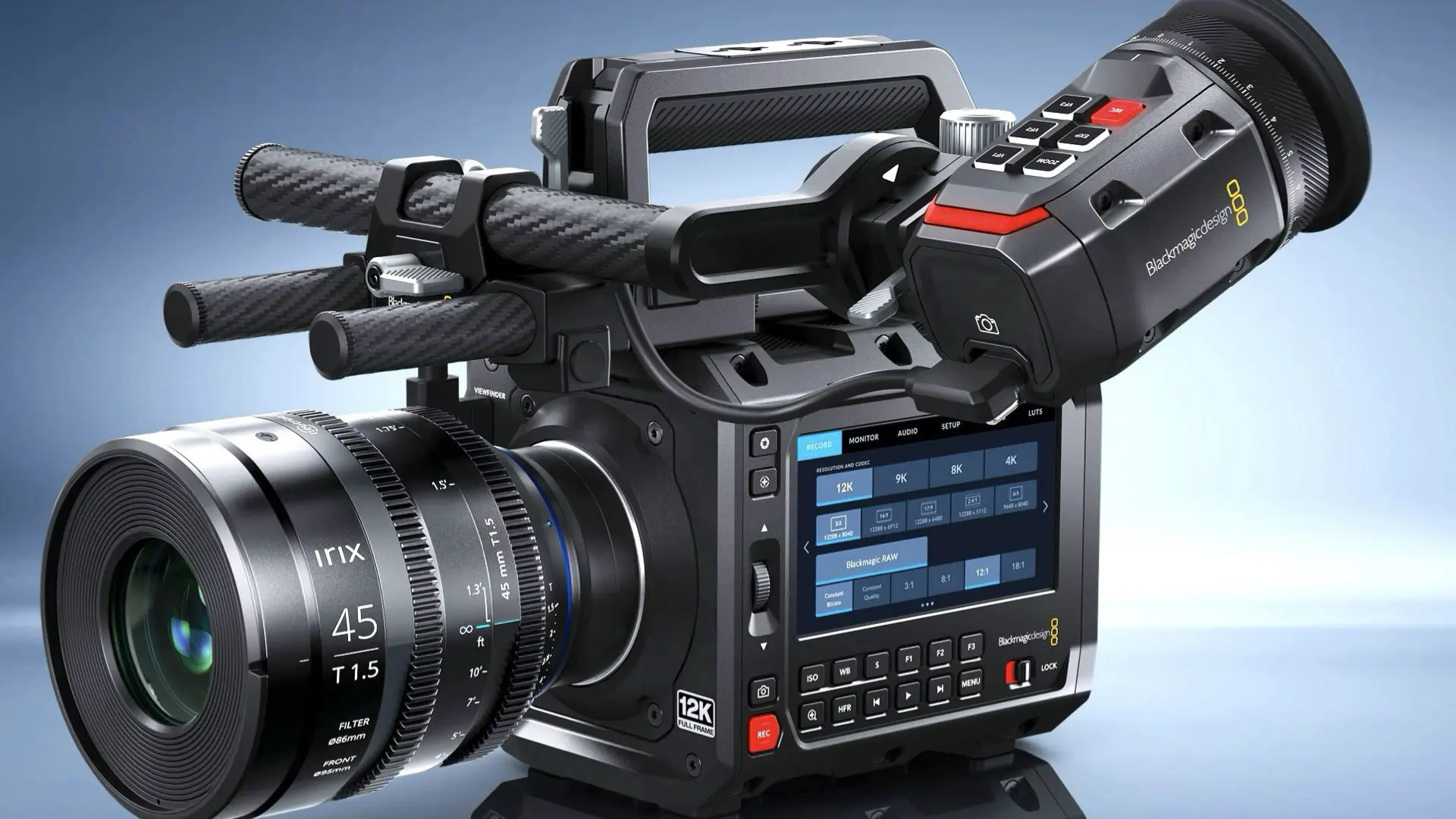
Why Blackmagic Design Leads the Pack
Blackmagic cinema cameras have become especially appealing to film schools because they offer an unbeatable combination of price, performance, and ecosystem integration. With a lineup that spans entry-level compact bodies to high-end digital film cameras, Blackmagic enables institutions to scale up their training environments without breaking budgets. And it’s not just about the cameras. The inclusion of DaVinci Resolve Studio as a bundled tool allows students to learn post-production — from editing to color to VFX — within the same ecosystem they shot in. This mirrors real-world pipelines, giving students practical knowledge of managing RAW footage, color science, and HDR delivery. Schools like SFSU are now building entire programs around Blackmagic hardware and software — a strategic choice that prepares students to step directly into industry roles.
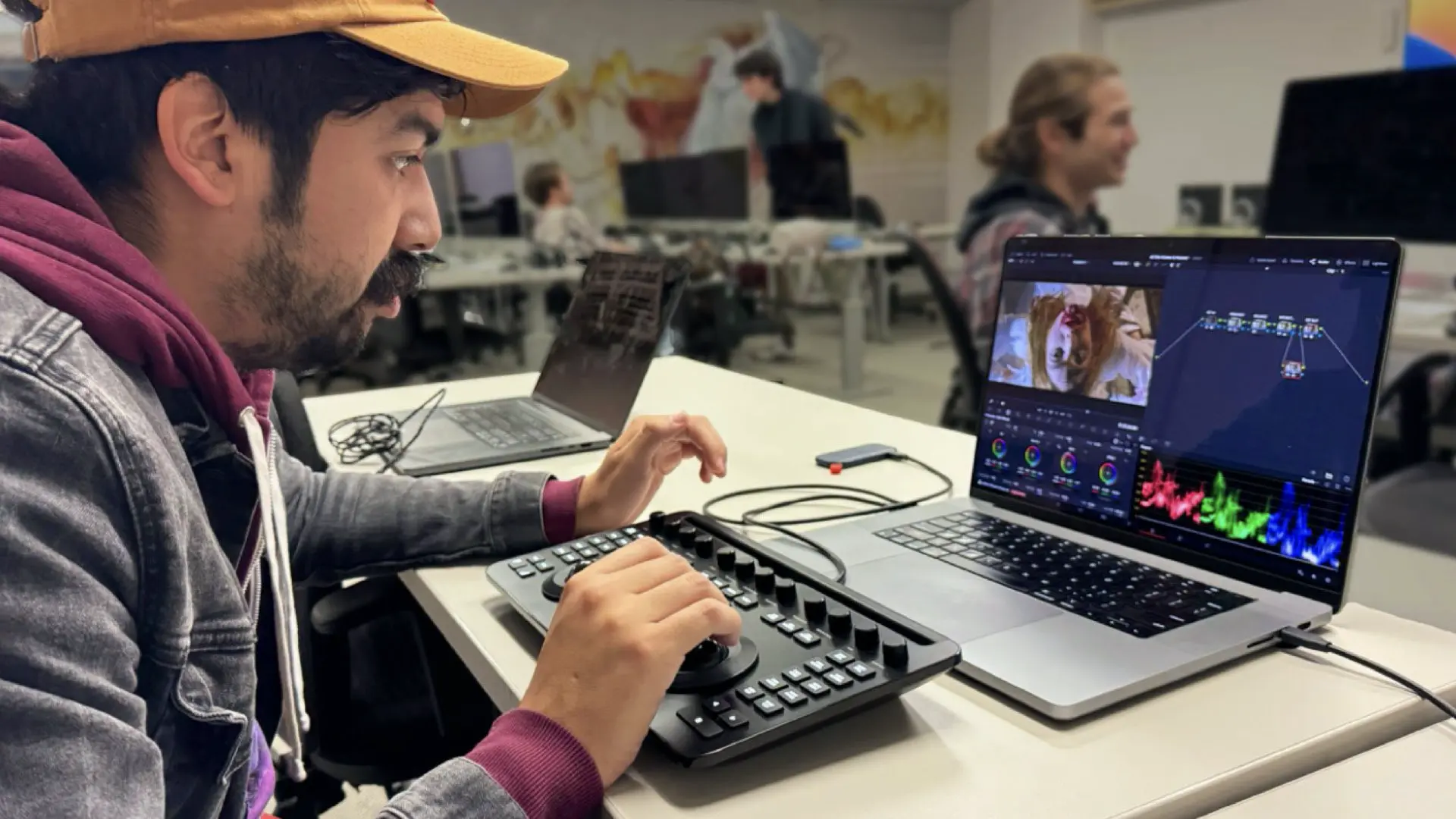
A Smart Play for Camera Companies
This shift isn’t purely altruistic. Camera manufacturers understand the long-term value of embedding their tools into the education system. Students build emotional and technical familiarity with a brand, which often translates to loyalty when they begin working professionally. And that’s a smart play. As we’ve seen with the broader democratization of production tools — like the trend covered in “First Major Brand Utilizes Sora for Video Commercial” — accessibility is no longer a fringe concept. It’s a strategic pillar. Blackmagic’s place in this educational space is helping shape the creative instincts and technical fluency of tomorrow’s DPs, editors, and directors.
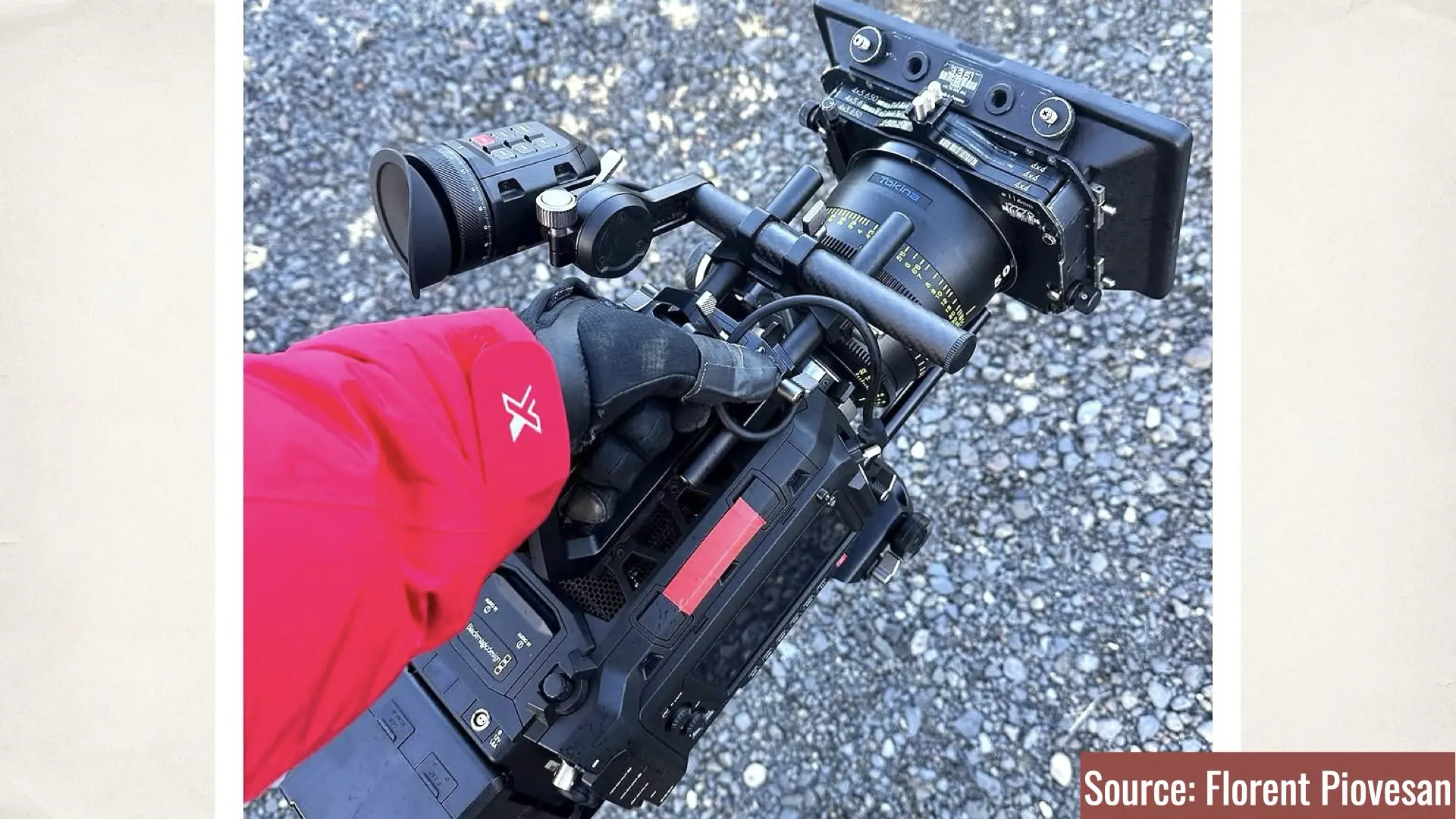
The Classroom Is Becoming the Studio
Modern film schools are evolving. No longer are students waiting until post-graduation to touch industry-level cameras. They’re using them on day one. With programs built around multi-cam shoots, color-managed pipelines, and high-resolution delivery, the classroom increasingly resembles a full-fledged production house. This is where Blackmagic excels: its cameras and software were built to remove the technical barriers between creators and the image — making it ideal for teaching environments where the focus is both on experimentation and execution.
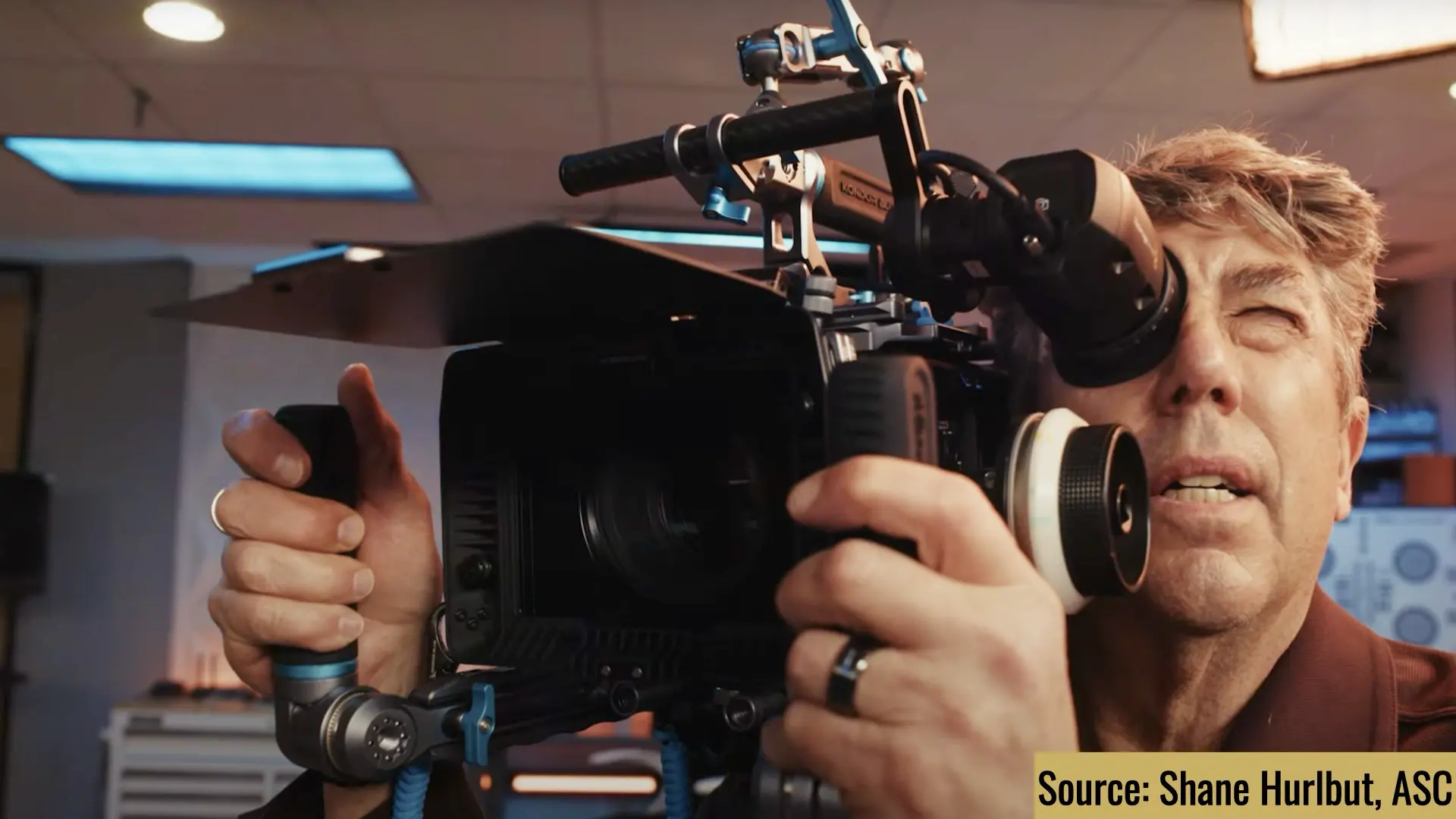
Final Thought: Tools That Build Careers
The integration of Blackmagic cinema cameras into film schools is more than an equipment decision — it’s an educational philosophy. It says that students deserve real tools, real workflows, and real opportunities to grow into the filmmakers they aspire to be. When students are taught with cinema gear that professionals trust, they’re not just learning how to use a camera — they’re learning how to think cinematically.



